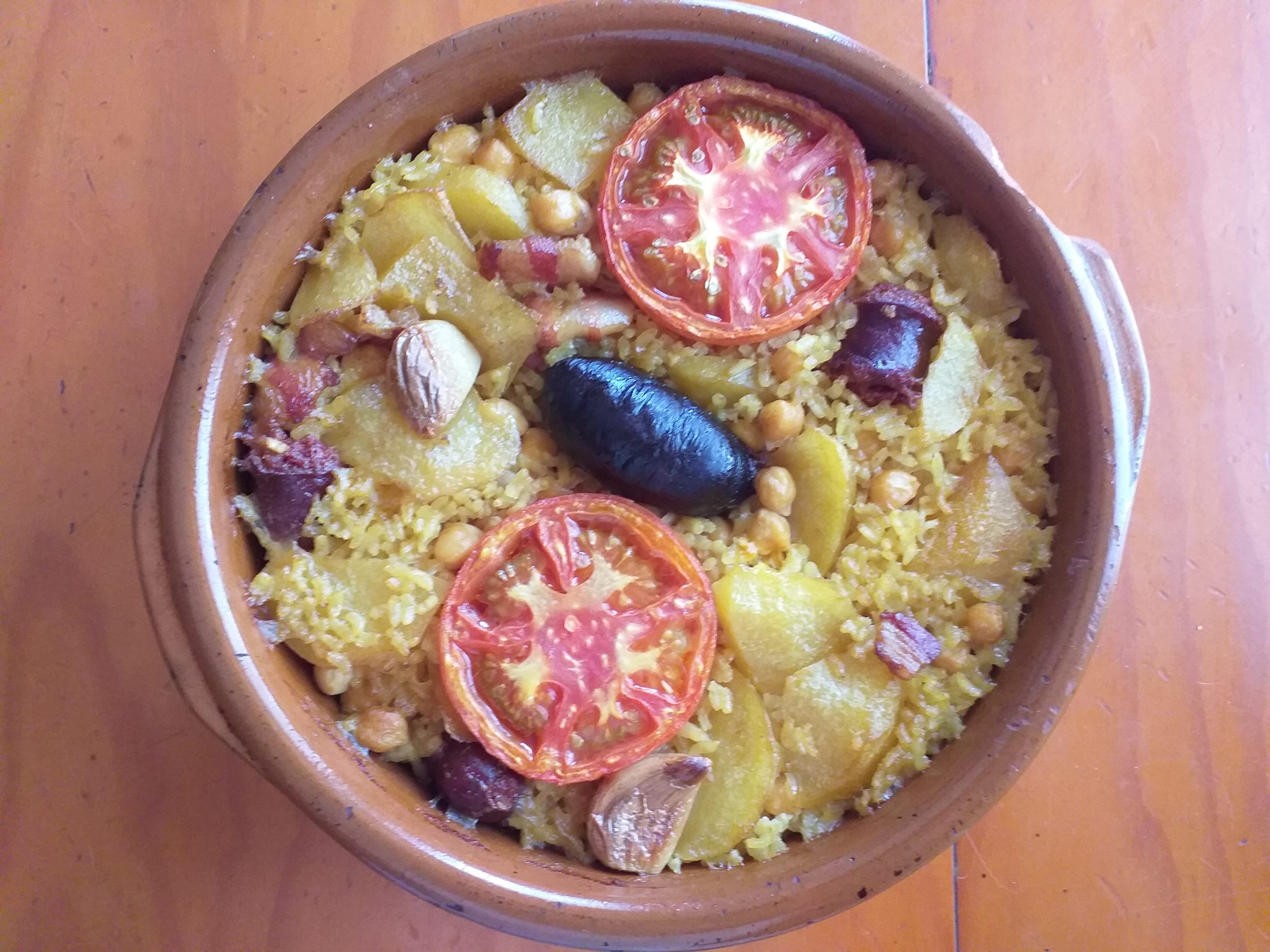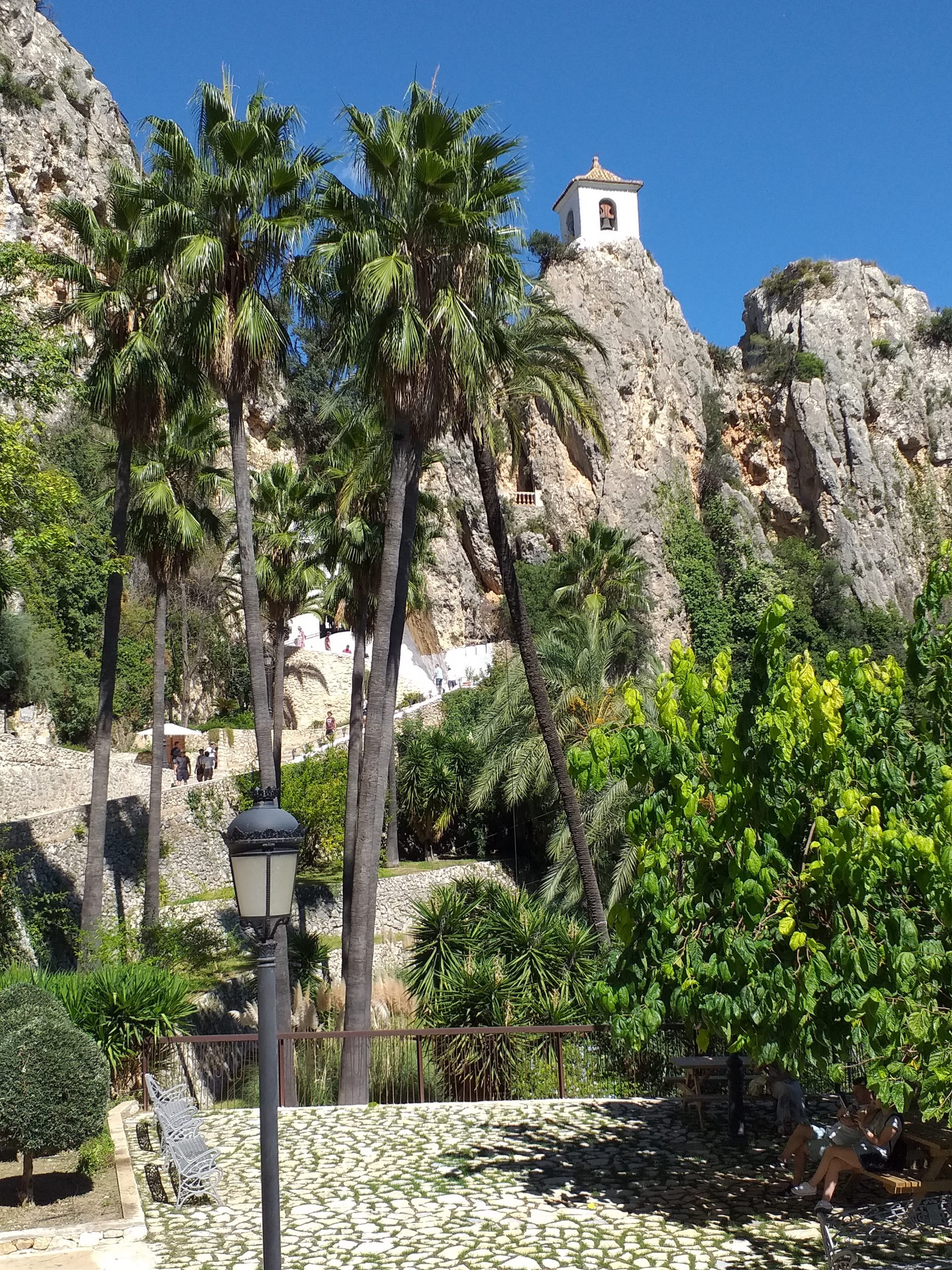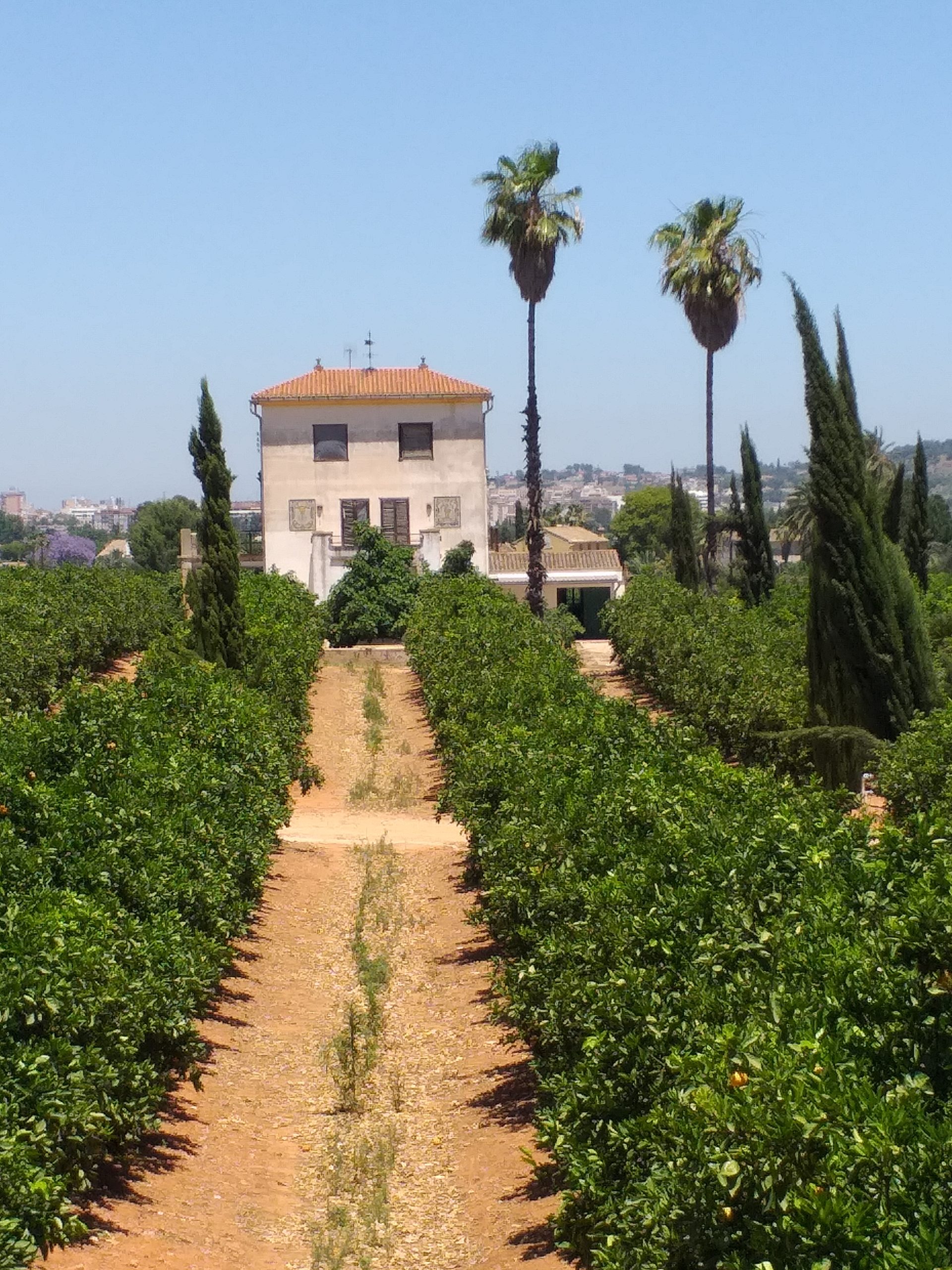Let yourself go, get lost in Valencia.

Tour the most representative monuments of the city on foot, and learn in broad strokes its 22 centuries of history, from its founding to the present day.

Travel to Valencia in the 19th century and the first third of the 20th, immerse yourself in the sociopolitical situation of the time and marvel at the buildings built in Mediterranean Modernism and the Ensanche neighborhood.

The 15th century was the Valencian golden century. It is no coincidence that at that time a large part of the most representative buildings of the city were built, such as the Lonja de la Seda, a UNESCO World Heritage Site.

This complex, built in the old bed of the Turia River, has managed to put Valencia on the international tourism map and is currently the most visited tourist resource in the city.

The city's 34 museums offer options for all tastes: World-renowned art galleries; Gastronomic museums, such as that of rice or horchata; Guild-based, like that of silk, or interactive, like that of Science. To visit alone, with friends or family, I guide you to the one you choose.

Las Fallas, the mother of all our festivals, has been Intangible Heritage of Humanity since 2016. Corpus Christi dates back to the 16th century. XIII and it is the oldest festival that is still celebrated, but we also have Moors and Christians, Holy Seaman Week, the blessings of animals for San Antonio, and many more, which give the Valencians a well-deserved reputation for being festive.

Horchata and fartons, “esmorzaret”, chocolate fritters, sweet potato cakes, panquemaos, and of course, paella, and the temple of traditional gastronomy: The Central Market. You can taste, learn about and even prepare all kinds of traditional dishes yourself. I'll tell you where.

What is a bat like you doing in a shield like this? Where is the km? 0 of football Valencianism or where the Virgin of the Forsaken got the nickname “geperudeta” (little hunchback) from, and a thousand other things that you won't find on Wikipedia.
Beach, Sun, Paella: The first words that come to anyone’s mind when talking about the Valencian Community. But “La Terreta” is a miniature continent where we can find activities for all tastes.
Mountains, medieval towns, Natural Parks, cave paintings, agriculture, oenology, world heritage festivals, 24 towns with less than 100 inhabitants, cities that compete in fame with European capitals (“Burriana, Paris and London”), book records Guiness (largest Paella and longest Traca in the world), and even the Holy Grail

Are you going to miss it?

Did you know that the Borgia family, one of the best-known papal dynasties, was originally from Xàtiva (Province of Valencia, formerly Kingdom of Valencia)? This powerful family left an indelible mark on these two cities, which can be visited in a single day.

For Muslims, “Al-bufeira” (small sea) continues to be an important wetland, which serves as a refuge for migratory birds from Europe and Africa, a rice growing area with the “Arroz de Valencia” Designation of Origin, and a sentinel of the oldest originally built Valencian barracks in the region.

It is a tourist itinerary, which links the monasteries of La Murta in Alzira, Aigües Vives in Carcaixent, Santa María de la Valldigna in Simat, Sant Jeroni de Cotalba in Alfauir and Corpus Christi in Llutxent; all of them located in the central regions of the Province of Valencia. Although there are also monasteries without leaving the city, such as Santo Domingo or San Miguel de los Reyes

Wine production in this region, which is home to the D.O. with the largest territory in the Valencian Community, it has been documented since the 19th century. V BC Furthermore, the Villa de Requena is a medieval jewel that you cannot miss, and offers extraordinary cuisine, more Castilian than Mediterranean.

Dénia, Jávea, Calpe, Guadalest, Altea, “Beniyork”, Villajoyosa, several Natural Parks, Theme Parks, chocolate factories…No, one day will not be enough for you.

A city before Valencia, it was the most important in the area for Iberians, Romans and Carthaginians. It preserves its Roman theater and one of the largest Jewish quarters in Spain. And a castle of almost 1 km. long, a stone's throw from Valencia.

Muslims, Jews and Christians lived together for centuries in perfectly differentiated neighborhoods of this town, whose landscape is marked by the passage of the Turia River.

Carcaixent (Carcaixent), known as “The cradle of the orange” still preserves its modernist buildings, and several orange orchards, with their original stately homes. See for yourself that an orange freshly picked from the tree does not taste the same as the one from the supermarket.



©2025 Celebrand